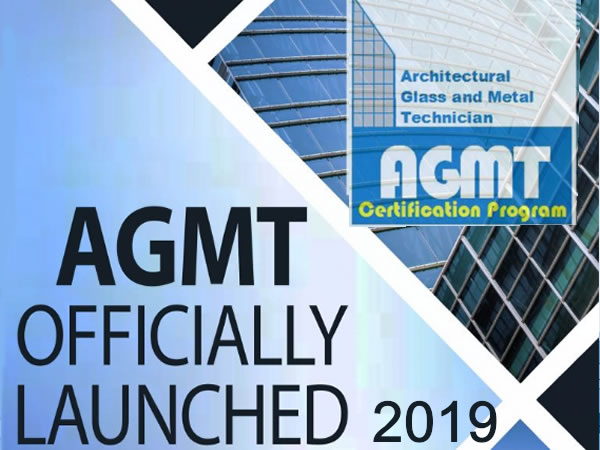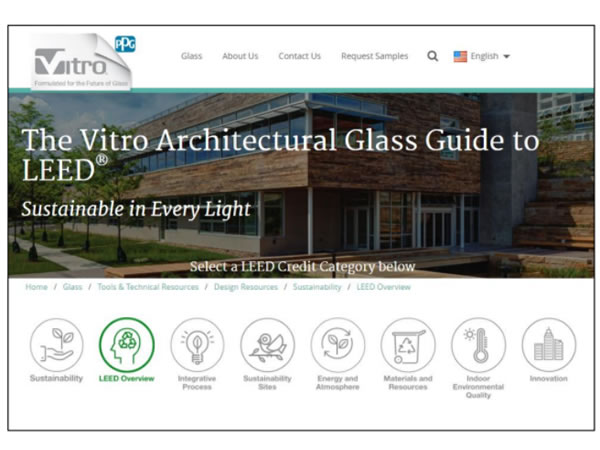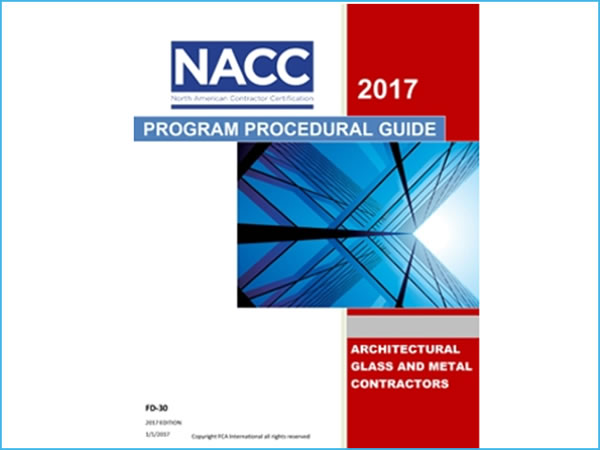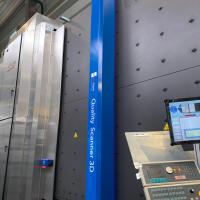Date: 8 October 2015
IGMA, and WDMA -- the Cradle to Gate Window Product Category Rules (PCR) are completed. The second was USGBC’s publication of the Green Building Economic Impact Study (links to a PDF). This study was done by Booz Allen, a highly credible major consulting firm. What do these documents tell us about where our industry is headed and how we might want to prepare? Is there a relationship between the two documents and, if so, what could it mean for glass and glazing?
USGBC study highlights for the glazing industry
According to the Impact Study, the green marketplace has been growing faster than the general construction market for the past few years and is forecast to continue on this path through 2018. Here are a few key takeaways:
- Green buildings generate savings for building owners in four operational cost areas, one of which is energy usage.
- Between 2015-2018, the green construction market is expected to generate $2.4 billion of energy savings -- more than the other three categories combined.
- Looking at these savings from a per square foot energy saving basis by certification category, and using 2015 as an example, energy savings for LEED® Certified or Gold buildings of $0.42-0.44/square feet can increase to $0.66-0.69/square feet at the LEED Silver or Platinum levels. The comparable savings for a green building is $0.51 per square foot.
We know that proper glazing selection is a significant contributor to a building’s energy efficiency. When properly tuned to climate and orientation, high-performance glazing attacks the biggest users of energy in buildings -- HVAC and lighting. One estimate stated, “In internal-load dominated commercial, industrial and institutional buildings, properly specified fenestration systems have the potential to reduce lighting and HVAC costs 10%-40%.”
The USGBC study also documents that workers are happier in green buildings. In Technoform’s advocacy of investing in high-performance glazing that feature thermally improved frames with Technoform Bautec structurally insulating strips and improved glass edge with Technoform Glass Insulations warm edge IG spacers, we promote the many additional benefits of high-performance glazing, such as occupant comfort, higher productivity and reduced absenteeism from health-related issues. We will use this new documentation in our marketing and specification work that shows, “these buildings scored 76% higher by occupants in terms of satisfaction than the average for U.S. commercial buildings.”
What’s new and meaningful about this information? The Booz Allen study for USGBC will accelerate investment and tax policy decisions based on current, quantified data. There is now enough historical data on the savings per square foot to provide confidence to investors who may have had doubts about the projected savings from energy simulations alone. Additionally, the earlier 2009 USGBC study showed growth in green and LEED buildings, but not enough to move the needle of policy and investment that the updated data provides. The quantification of actual jobs created puts facts behind the claims of the job creation potential of green and LEED building construction.
The new window PCR
Both whales and elephants have shorter gestation periods than the window PCR. To borrow from the Beatles’ song, the birth of this baby followed a “long and winding road.” Four different industry associations were dealing with an entirely new area of work, which also is evolving and under development. In addition to each association having its own way of doing business, the interface between the Joint Industry Task Group, which represented the four participating associations, and the contracted program administrator was challenging; both due to process issues and because we hadn’t been down this road before.
PCR documents define the rules and requirements for Environmental Product Declarations (EPDs) within a certain product category. Increasingly, EPDs are required to earn credits for materials and resources under all leading certification systems. Whether it’s LEED, Green Globes, BREEAM® or UDAG – life cycle assessment (LCA) methodology and EPDs are critical to all of these green measurement systems. These systems are being harmonized globally on a high level so you can expect to see more of this in the future.
LCA-based methodologies provide important inputs to analyze and quantify green building performance. This helps us understand why USGBC is investing a lot of time in developing PCR guidelines for building products with a major player in sustainability consulting, UL Environment. USGBC has also initiated a consortium of building products supplier associations to accelerate the development of EPDs. Though this effort is off to a rocky start, let’s see where it goes.
The lack of clarity in these crucial areas retards market adoption of LCA tools and methodology and allows wiggle room so that some early adopters might game the system. This isn’t good for anyone, neither consumers nor our companies and, at best, leads to a temporary marketing advantage until the LCA/EPD system gets more stable.
What’s this mean for glass and glazing?
The LCA process has increasing importance in the markets of today and near future. Often, high-performance building projects are the ones seeking certification, where EPDs will increase in demand. These also typically are the more profitable jobs to suppliers. In addition to the new window PCR, a fabricated glass PCR (links to a PDF) has been finalized and one for fabricated glass is being developed by GANA and IGMA.
LCA work also has a much bigger potential impact to your business. Using LCA methodology, you can make informed decisions on a range of environmental and risk impacts for your business and products, and employ this methodology during your product development process as a predictive tool to increase marketability and control risks.
In the resource-constrained world we are now facing, the importance of these tools and methodologies to help you analyze, evaluate and make crucial decisions about your business will only increase over time. The size and profitability of the green construction markets will also increase. It's a good time to begin familiarizing yourself with this landscape so you can make better informed choices and to address these challenges and opportunities.
Kudos to the four industry associations and their hardworking members who leaned into this work for the benefit of both the industry and environment. That’s leadership folks.









Add new comment